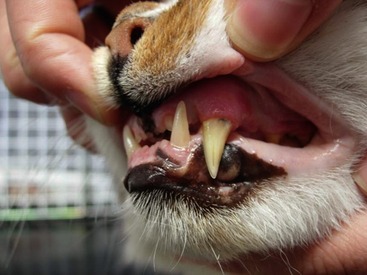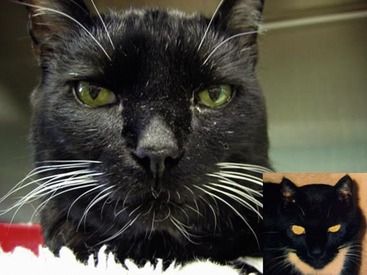acromegaly cats and dogs
Acromegaly in cats is a condition in cats caused by excessive growth hormone in the body which is usually secondary to a pituitary tumor explains Dr. Acromegaly occurs in people dogs and cats.
In cats it is due to GH-secreting tumors of the anterior pituitary.

. The prevalence amongst non-diabetic cats is currently unknown although these cats would be expected to become diabetic in the long-run. Feline acromegaly is a disease characterized by excessive growth hormone released from a functional pituitary adenoma resulting in a wide array of clinical signs and commonly insulin-resistant diabetes. This chapter discusses pathogenesis classical signs diagnosis treatment and prognosis for acromegaly in dogs.
The main characteristic findings in canine acromegaly are a visible increase in soft tissue mass prominent skin folds abdominal enlargement andor radiographic evidence of an increase in soft tissue mass in the orolingual oropharyngeal and orolaryngeal region. Affected cats can develop gradual changes in their appearance but because the disease develops over a long period of time owners may not notice any problems. Acromegaly in dogs is an endocrine disorder.
In dogs the condition often develops due to excess progestrone secretion as happens with ovarian cysts. Good BG control of the kind we get with the garden variety diabetics is simply not going to expected to happen with acromegaly as. Acromegaly is a syndrome of bony and soft tissue overgrowth and insulin resistance due to excessive growth hormone GH secretion.
Acromegaly is caused by excess secretion of growth hormone GH in adult animals. Signs related to diabetes mellitus are typically the first clinical signs noticed. The earliest clinical signs in the 14 cats included polyuria polydipsia polyphagia all of which were associated with untreated diabetes mellitus.
Growth of the extremities skull and muscles occur in some cats. The main focus with acromegaly cats has to be keeping the diabetes well enough under control so that the secondary effects of FD dont cause death and so that the quality of life can be good or at least acceptable for the cat for the remainder of its life. The pituitary gland secretes the growth hormone thanks to the stimulation of another precursor.
Cardiomegaly and azotemia develop late in the disease. Acromegaly is a relatively rare condition caused by excessive hormone production in the brain or in mammary gland breast tissue. It is more common in certain breeds than others but this disease is generally quite uncommon.
Acromegaly is most commonly seen in unsprayed females. These effects can be divided into two major classes. Feline acromegaly is a disease characterized by excessive growth hormone secretion leading to a wide array of clinical signs caused by the hormones effects on multiple organ systems.
Thirteen 93 of the cats were male and one was female. The Saint Bernard breed is believed to be genetically predisposed to acromegaly. Transsphenoidal hypophysectomy pituitary surgery to treat Cushings disease in dogs and acromegaly excessive growth hormone from pituitary gland in cats.
Ear nose and throat surgery. Oncologic cancer tumor removal. It is more common in cats than dogs.
The term hypersomatotropism HST rather than acromegaly may be appropriate when describing the condition resulting from chronic excessive GH secretion in. However cats of any age or sex can develop acromegaly. Gastrointestinal stomach and intestinal surgery.
Acromegalic dogs almost invariably show some degree of respiratory stridor. This is true for acromegaly in other species as well except in the case of dogs. The usual weight loss seen in cats with uncontrolled blood glucose levels are signs that your cat may have Acromegaly and should be.
The disorder triggers the pituitary gland to overproduce somatotropin a growth hormone GH. Acromegaly is most commonly seen in older 10 years old neutered male cats that have insulin-resistant diabetes mellitus. It has been recognised in dogs and cats but the aetiology of the disease in both species is completely different.
Feline acromegaly has its origin in an adeno-hypophyseal lesion or an adenoma responsible for deregulation in the production of GH the growth hormone. The catabolic actions of growth hormone include insulin antagonism and lipolysis. In dogs acromegaly results after administration of progestational compounds for the suppression of oestrus in intact female dogs.
Common symptoms associated with insulin resistance include weight loss despite a good appetite and increased thirst and urination. The hormone excess leads to development of insulin-resistant diabetes mellitus and enlargement of. Acromegaly results from chronic excessive secretion of growth hormonein the adult animal.
Acromegaly is a rare but very dangerous condition that affects cats of all ages breeds and genders. Unlike most diabetic cats with poorly controlled blood glucose levels who lose weight cats with Acromegaly will often if not always gain weight. Acromegaly is the term used in human medicine to describe a condition resulting from chronic excessive growth hormone GH secretion.
Difficult to control Feline Diabetes requiring higher than usual doses of insulin and weight gain vs. The usual canine sufferers of acromegaly are unspayed females. Testing confirmed acromegaly in over 90 of those.
Monday May 2 2016. So as many as 1 in 3 hard-to-control diabetic cats may have acromegaly. In cats the ratio is more like ten males to one female.
The disease is therefore likely currently underdiagnosed. In people it occurs in approximately two males to every female. Acromegaly in cats.
Acromegaly is a syndrome in cats caused by a tumor in the brain specifically the pituitary gland that secretes an excess of a hormone Growth Hormone GH. Acromegaly was diagnosed in 14 middle-aged to old cats of mixed breeding. It is a far less common condition in dogs than in cats.
6 rows As well as occurs in human beings acromegaly is an endocrine disorder characterized by bony and. Acromegaly is also referred to as hypersomatotropism. For information on the pathophysiology clinical signs and diagnosis of feline acromegaly see the article on page 467.
Prevalence of acromegaly amongst diabetic cats in North America and the UK was found to be around 1 in 4 diabetic cats seen in primary practice. Signs of GH hypersecretion tend to develop slowly and are characterized initially by soft tissue. The disease is typically caused by an abnormal growth or.
There is excessive secretion. Acromegaly occurs when a functional non-cancerous benign tumor in the pituitary produces excessive amounts of growth hormone. Acromegaly in cats.
Acromegaly may be suspected in a cat who is persistently hyperglycemic despite daily insulin injections especially if it is accompanied by other symptoms such as weight gain 1 along with ruling out other conditions which also cause uncontrolled diabetes is important hyperthyroidism hyperadrenocorticism.

A Male European Shorthair Cat At A 11 Years Of Age And At B 14 Download Scientific Diagram

Pdf Acromegaly In A Non Diabetic Cat Semantic Scholar
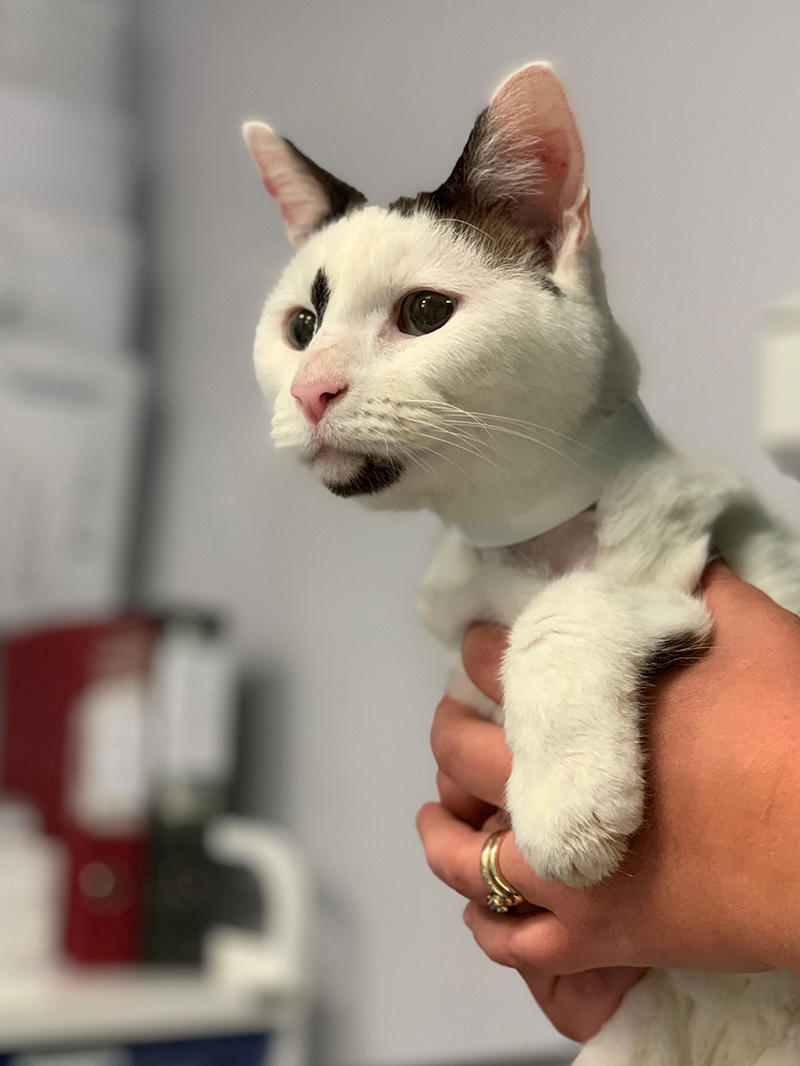
Pioneering Hypophysectomy Treatment Reaches 100 Case Milestone

Feline Acromegaly An Uncommon Disease Vetcall Q Superstore Qld

Pharmacological Treatment With Cabergoline In Three Cats With Acromegaly

Tumors Of The Endocrine System Veterian Key

Acromegaly In Dogs And Cats Sciencedirect

Acromegaly In A Non Diabetic Cat
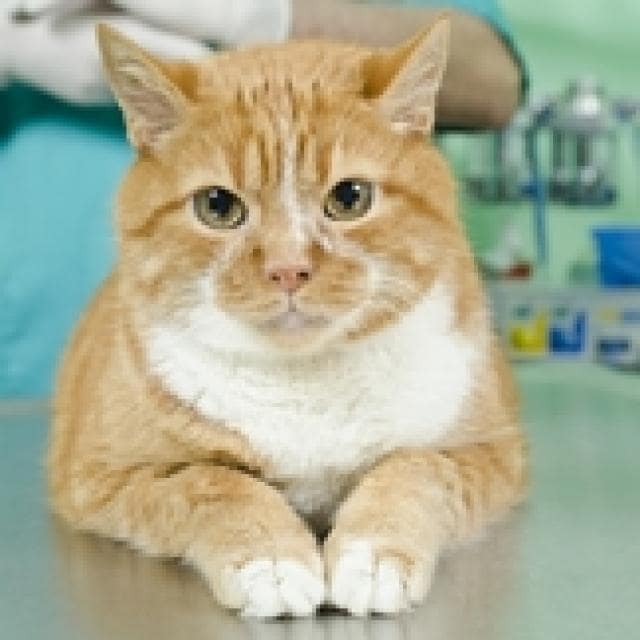
Acromegaly In Cats Rare But Probably Underdiagnosed Petmd

Acromegaly In Dogs And Cats Sciencedirect

Acromegaly In Cats The Veterinary Nurse

Pdf Acromegaly In A Non Diabetic Cat
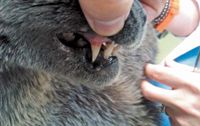
Feline Acromegaly The Keys To Diagnosis
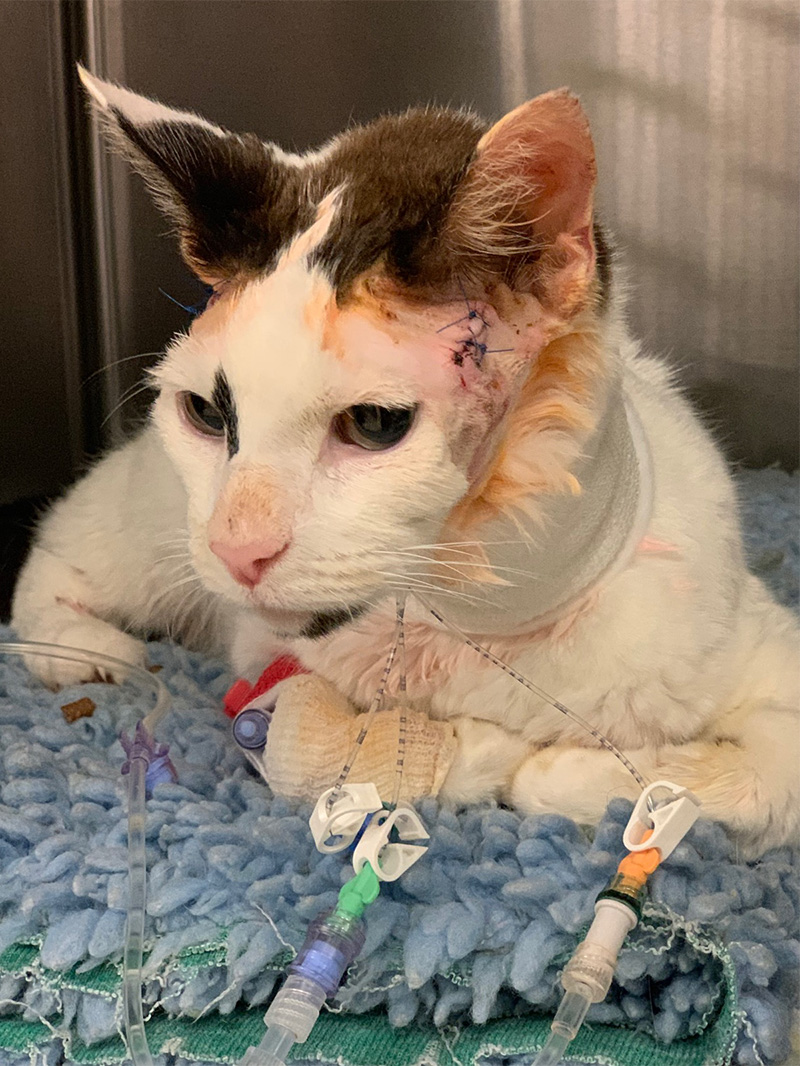
Pioneering Hypophysectomy Treatment Reaches 100 Case Milestone

